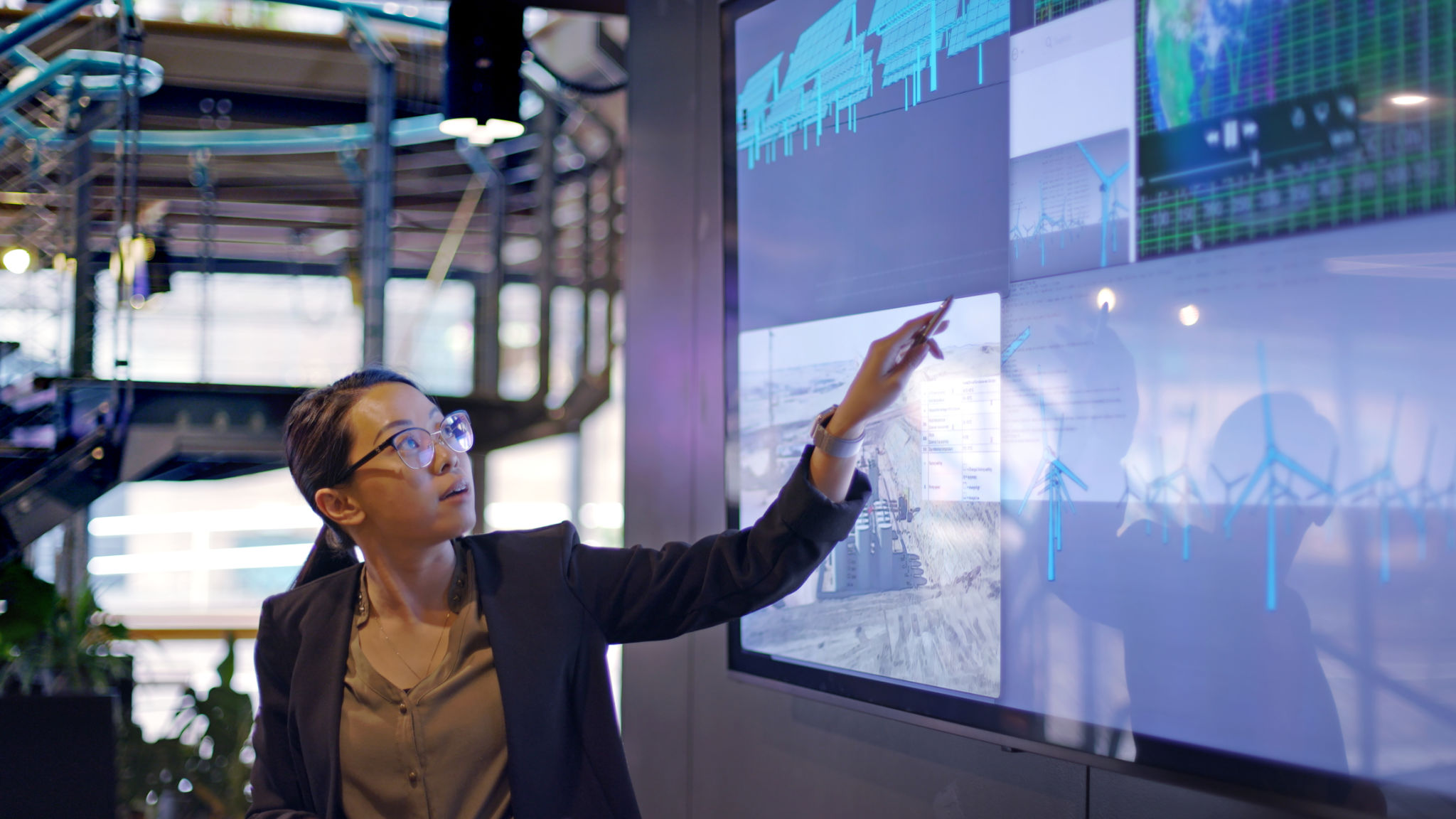Demystifying Energy Digitization: Myths and Realities
Introduction to the digitalization of energy
The digitalization of energy is a subject that is generating a great deal of interest and debate. With the rapid advance of digital technologies, the energy sector is evolving to incorporate digital solutions that promise to improve efficiency, reduce costs and increase sustainability. However, this phenomenon is often surrounded by myths that deserve to be debunked.

Myth 1: Digitalization is only for large companies
A persistent myth is that the digitization of energy only concerns large, resource-intensive companies. In reality, digital technologies are increasingly accessible to small and medium-sized enterprises (SMEs). Tailor-made solutions now enable these companies to benefit from the same advantages in terms of energy efficiency and resource management.
Here are a few examples of available solutions:
- Cloud-based energy management systems
- Energy data analysis tools
- Mobile applications for monitoring consumption
Myth 2: Digitization increases operating costs
Another myth is that digitalization leads to a significant increase in operational costs. In fact, although there is an initial investment in digital technologies, these investments can generate substantial savings in the long term. Companies can optimize energy use, identify waste and automate processes to cut costs.

Reality: The importance of data in digitalization
One of the most crucial aspects of energy digitalization is the use of data. Energy data enables informed decision-making and proactive resource management. Thanks to IoT sensors and analytics platforms, companies can gather precise information on their energy consumption and adjust their strategies accordingly.
The tangible benefits of digitalization
Digitization offers a number of tangible benefits that go beyond mere cost savings. These include:
- Greater efficiency: Automated processes enable more effective resource management.
- Environmental sustainability: Energy optimization helps reduce carbon footprint.
- Improved security: Digital systems enhance security through real-time monitoring.

Myth 3: Digitization is complex to implement
Many believe that implementing complex digital solutions is a major hurdle. However, with the evolution of technology and the professional support available, the transition to a digital system can be simplified. Many companies offer integration services to facilitate this transition.
Conclusion: Towards a digital energy future
The digitalization of energy is not without its challenges, but it represents a major opportunity to modernize the energy sector. By demystifying misconceptions, companies can better understand the potential benefits and embark on this transformation with confidence.
Ultimately, the successful integration of digital technologies in the energy sector requires a strategic approach and a willingness to adapt to new market realities. The efforts invested today will lay the foundations for a more efficient and sustainable energy future.
